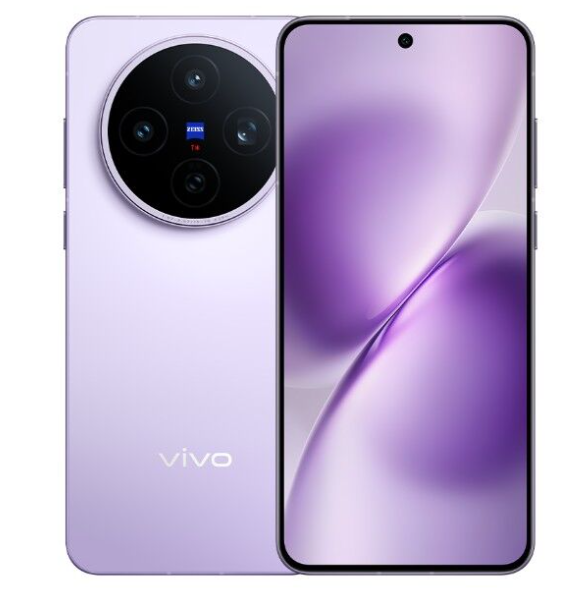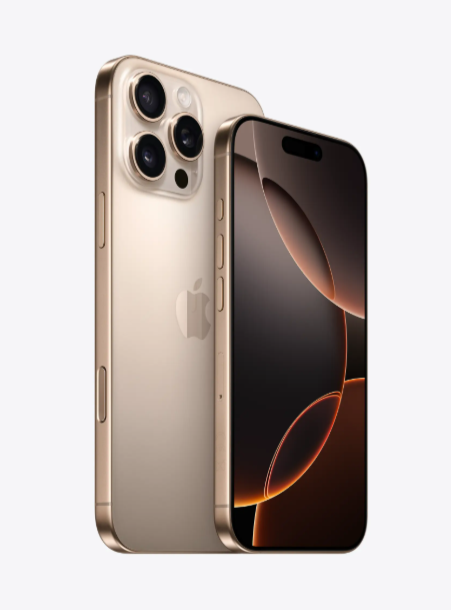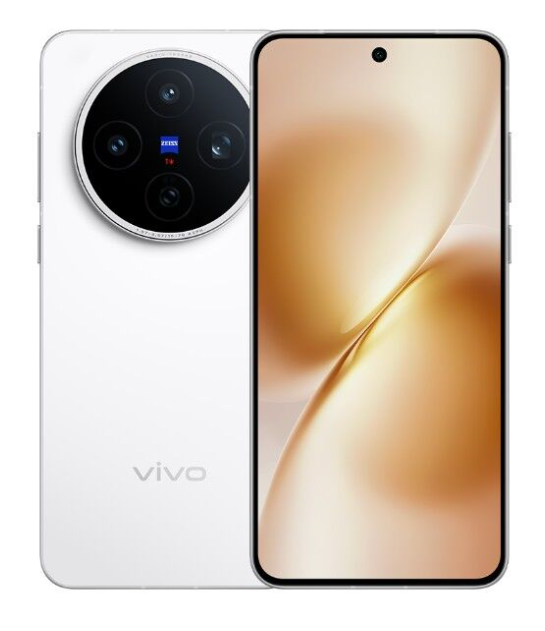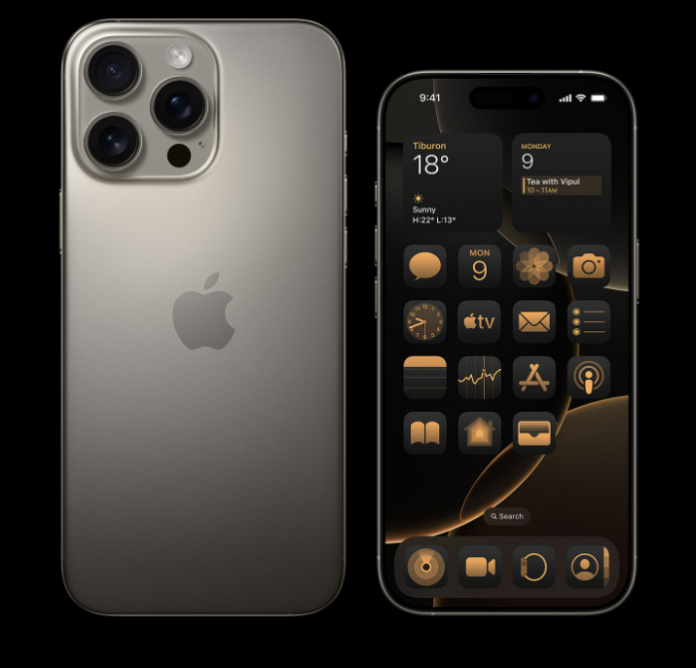
Vivo X200s and iPhone 16 Pro represent two flagship approaches from different ecosystems, Android and iOS, each bringing top-tier hardware, distinct software experiences, and advanced imaging technologies. As smartphone innovation matures, users face tougher choices when deciding between premium Android versatility and Apple’s tightly integrated ecosystem. This comparison highlights the key differences that matter most, helping to determine which device offers better value and performance for different types of users in 2025.
1. Design and Display

Build and Feel:
Vivo X200s features a premium build with IP68/IP69 protection, offering superior water resistance even under high-pressure conditions. It includes an infrared port and maintains a sleek profile. In contrast, the iPhone 16 Pro uses a titanium frame with Ceramic Shield glass, which provides excellent durability and scratch resistance. It also carries IP68 certification but supports deeper submersion. The titanium chassis gives the iPhone a more luxurious in-hand feel. However, Vivo’s added functionality like the IR blaster and Zeiss optics partnership adds functional elegance.
Verdict: Vivo offers better utility with premium protection, but the iPhone feels more refined and high-end.
Display Quality:
Vivo equips the X200s with a 6.67-inch AMOLED panel supporting 1 billion colors, HDR10+, HDR Vivid, and an exceptional 5000 nits peak brightness. It delivers excellent visibility in all conditions and superb color accuracy. The iPhone 16 Pro uses a smaller LTPO OLED with HDR10, Dolby Vision, and 2000 nits peak brightness. While color accuracy is top-tier and software optimization is elite, it doesn’t match the extreme brightness or vivid output of Vivo’s panel. Vivo also includes Ultra HDR support and a higher resolution.
Verdict: Vivo wins on pure display specs, especially brightness and HDR support, although Apple still holds the lead in calibration.
2. Specifications

Performance:
Vivo X200s uses the MediaTek Dimensity 9400+ with a 3nm process and a powerful Cortex-X925 core, backed by up to 16GB RAM and UFS 4.1 storage. It’s highly capable of multitasking and gaming. The iPhone 16 Pro’s A18 Pro chip, also 3nm, delivers unmatched single-core and sustained performance. Apple’s GPU and software integration provide superior graphics rendering and efficiency. While Vivo offers raw multitasking muscle and memory flexibility, the iPhone leads in optimized performance and app stability.
Verdict: The iPhone is better for sustained, efficient performance, while Vivo excels in RAM-heavy multitasking and file speeds.
Battery and Charging:
Vivo has a massive 6200 mAh silicon-carbon battery, offering significantly better endurance than the iPhone’s 3582 mAh cell. It supports 90W wired and 40W wireless charging, enabling fast top-ups and more versatile usage. The iPhone offers 25W MagSafe wireless and 27W wired charging with good optimization but slower top-ups. Vivo also includes reverse wired charging, missing on Apple’s side.
Verdict: Vivo clearly leads in battery life and fast-charging convenience, making it the better daily endurance phone.
3. Camera

Main and Secondary Lenses:
Vivo X200s features a triple 50MP system with a wide, ultrawide, and 3x periscope telephoto lens, enhanced by Zeiss optics, laser autofocus, and advanced color LUT support. It produces detailed, balanced shots across all scenarios. The iPhone 16 Pro counters with a 48MP main sensor, a 12MP 5x periscope telephoto, and a 48MP ultrawide, plus LiDAR for depth and spatial video capture. While Apple’s color science and video quality are more polished, Vivo delivers more uniform resolution across all sensors and better daylight detail with Zeiss tuning.
Verdict: Vivo offers more consistent resolution and features across all lenses, while the iPhone shines in video and low-light with LiDAR and ProRes.
Selfie Camera:
Vivo’s 32MP ultrawide front camera supports 4K video at 60fps, offering sharp and flexible framing. The iPhone uses a 12MP front camera with Face ID and a 3D depth sensor, also supporting Dolby Vision video. While Vivo wins on resolution and field of view, Apple’s front-facing video quality, stabilization, and depth effects remain industry-leading.
Verdict: iPhone has a more refined selfie camera system for video and portrait depth, but Vivo’s high-res sensor provides wider, sharper selfies.
4. Pricing
Vivo X200s is priced around $650, offering high-end features like a 6200 mAh battery, flagship-grade camera system, and bright AMOLED display. In contrast, the iPhone 16 Pro starts at $999, with a tighter ecosystem, smoother iOS experience, and better resale value. However, the hardware-to-price ratio heavily favors Vivo, which offers top-tier specs at a significantly lower cost.
Disclaimer: Prices are approximate and may vary based on country, region, and applicable taxes.
Verdict: Vivo wins clearly on value for money, delivering more features per dollar, while Apple justifies its premium with ecosystem benefits and polish.
5. Conclusion

Vivo X200s brings standout hardware features like a 6200 mAh Si/C battery, Zeiss optics, IR blaster, and ultra-bright AMOLED display. It also supports high-speed charging and ultra-flexible connectivity. The iPhone 16 Pro offers unique software-driven perks: spatial video capture, ultra-optimized performance, satellite messaging, and deep iOS-tied ecosystem features like AirDrop and FaceTime integration. It also uses UWB Gen2 and brings pro-level video tools with Dolby Vision and ProRes.
Verdict: Choose Vivo X200s for hardware-driven value, battery life, and camera flexibility. Go for the iPhone 16 Pro if iOS-exclusive features, long-term software support, and refined user experience are more important.
Read More:
- Oppo Find X8s+ vs Vivo X200s: Who Has the Best Premium Value in 2025?
- Xiaomi Pad 7 Ultra vs Galaxy Tab S10 Ultra: Which giant-sized tablet does it better?
- Realme GT 7 vs iPhone 16
- Vivo X200 Ultra vs iPhone 16 Pro Max: Can Vivo Outshine Apple in 2025?




